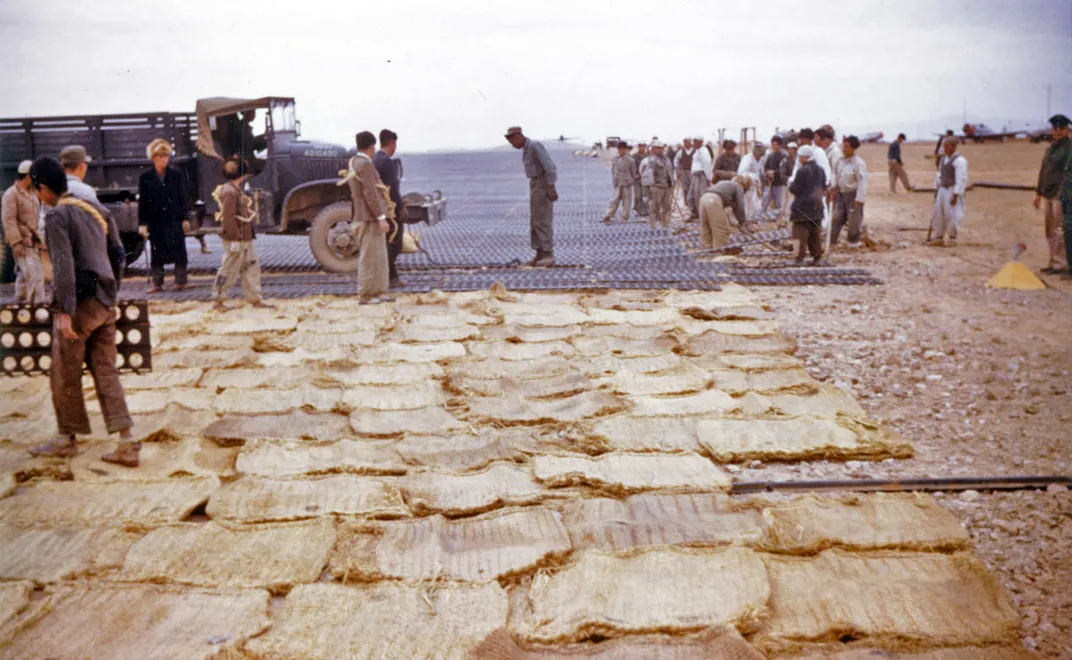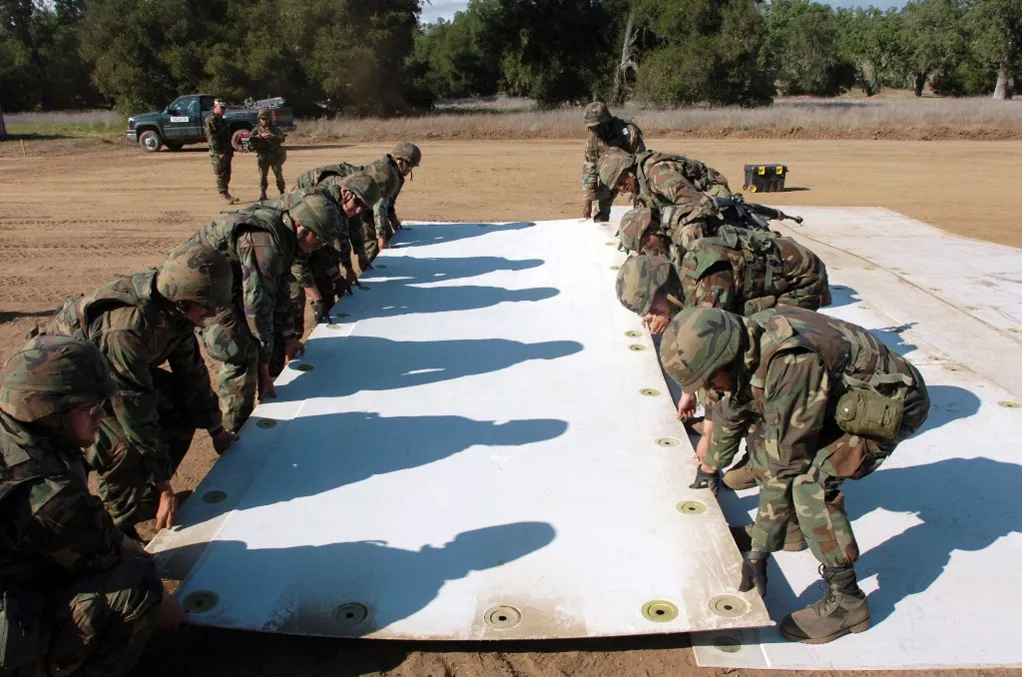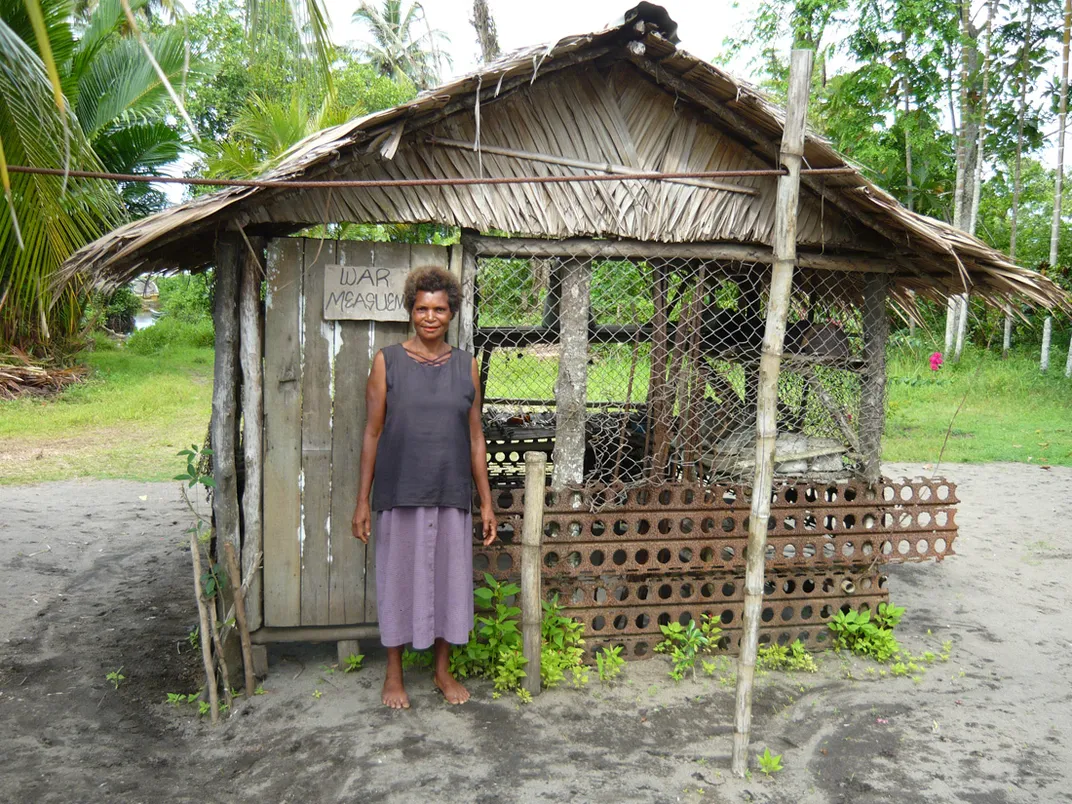These Portable Runways Helped Win the War in the Pacific
Low-tech and still used today, “Marston Mats” were among the most important inventions of World War II.
/https://tf-cmsv2-smithsonianmag-media.s3.amazonaws.com/filer/c1/7d/c17d624c-e8dc-4378-bc21-6e1e50c01fa4/1_aleutians_marston.jpg)
In 1941, a month before Pearl Harbor, General “Hap” Arnold of the U.S. Army Air Corps visited Camp Mackall in rural North Carolina, and stood in a soft pitch of pine tar at the edge of its airfield. The general was there to watch tens of thousands of paratroopers take flight in a massive war game called the Carolina Maneuvers. Arnold called it “the year’s greatest achievement in aviation warfare,” but he wasn’t referring to the exercise, or the half-million troops, or even the aircraft, but rather the “Marston Strip” on which they landed.
Marston Matting got its nickname from the nearby town of Marston, North Carolina, where it was produced. The concept had come from the Carnegie Illinois Steel Company, who under an Army contract designed temporary flight strips to run alongside U.S. highways. The mats were a simple way for crews to quickly put down a runway on any ground, paved or unpaved, where there was none, which came in handy in the remote islands of the Pacific.
Its official Air Corps name was PSP for perforated (or pierced) steel planking. “Marston,” or the incorrect but widely used “Marsden,” was tested at Langley Field in Virginia and perfected during the Carolina Maneuvers.
The steel mat came in rolls of interlocking 10-foot sections, which were ringed with hooks and slots for easy assembly by strong men using sledgehammers. A completed airstrip ran 3,000 feet long and 150 feet wide.
Each mat was pierced with 87 holes to allow drainage, which also reduced its weight to 66 pounds per section. A later aluminum version came in at just 32 pounds and could be laid down at a trot. Marston was often laid over the local vegetation, which varied depending on the location from loose straw to palm fronds. The sandwich of steel and vegetation absorbed moisture and cut the dust kicked up by heavy aircraft.
The first PSP airstrip took a pokey 11 days to install. By the end of World War II an airfield could be carried across the Pacific within a single cargo hold of a Liberty ship, and could be ready for aircraft to land 72 hours after unloading.
At first the U.S. had Marston to itself, but eventually the invention was shared with its Allies, including Russia under the Lend-Lease program.
Two million tons of temporary runway were produced in WWII to bring American airfields to each island captured from the Japanese. Marston has been used in every war since. Matting reclaimed from the jungle also has found new uses in guardrails or footbridges, while in the U.S., government surplus is sold for use in cattle chutes and warehouse floors.
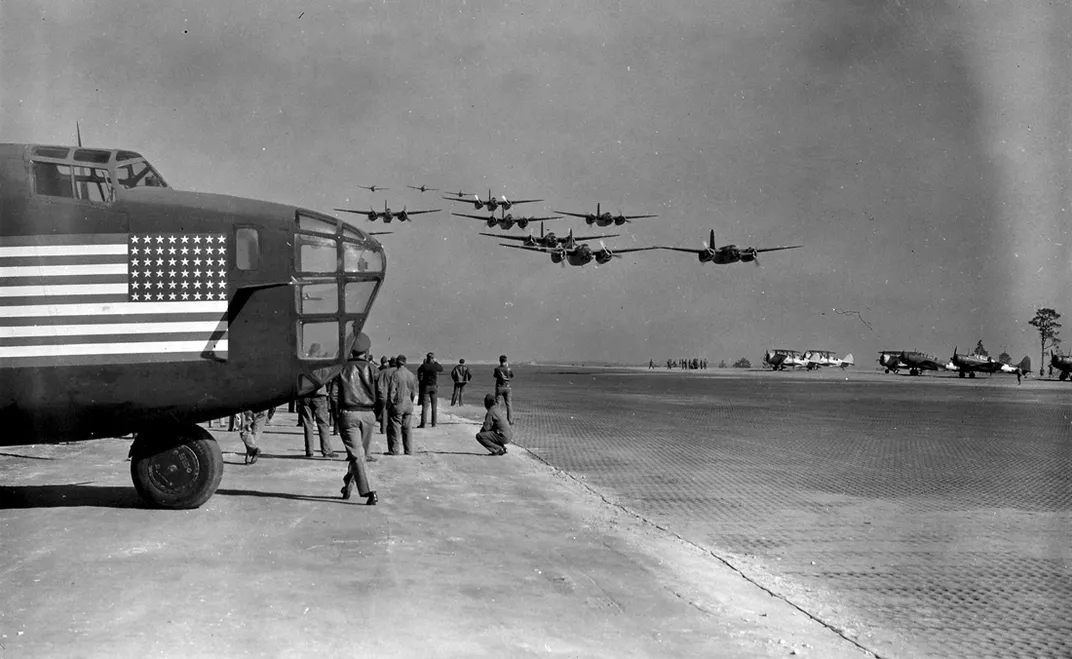
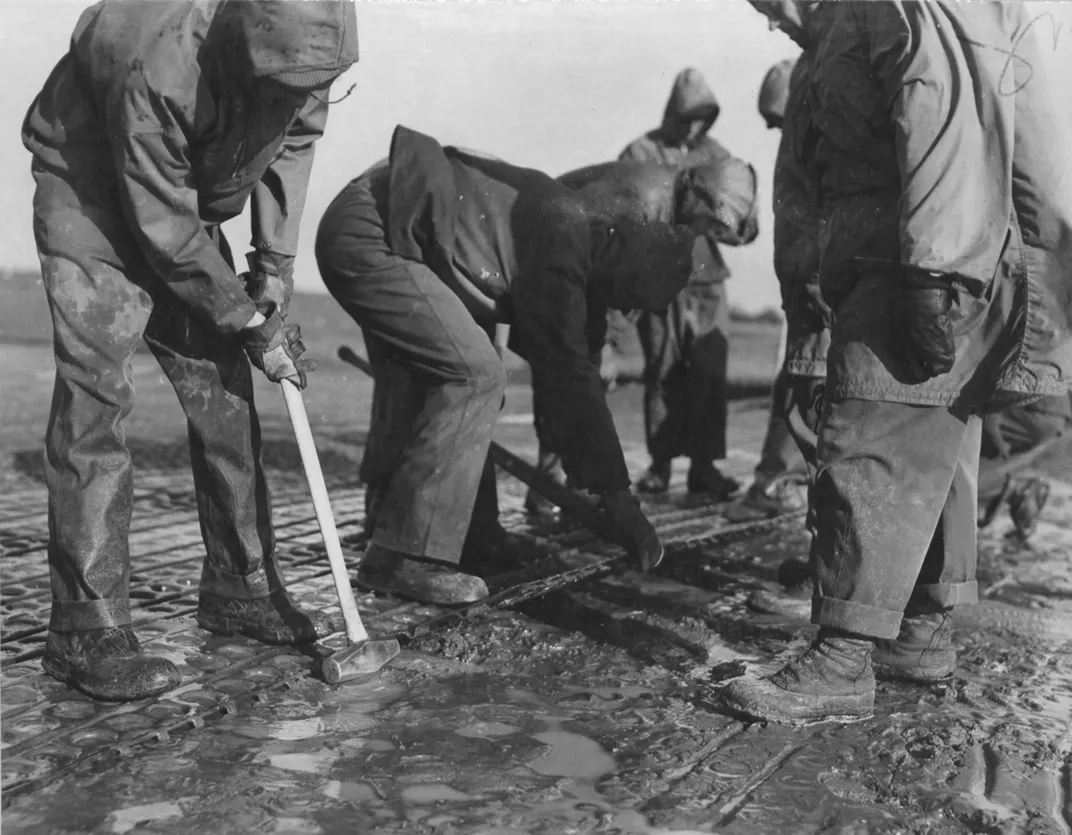
/https://tf-cmsv2-smithsonianmag-media.s3.amazonaws.com/filer/00/fc/00fce165-1e6f-4705-a411-46a7c091d7ea/4_tuskegee.jpg)
/https://tf-cmsv2-smithsonianmag-media.s3.amazonaws.com/filer/56/fe/56febd0b-0fc0-4458-83c1-6f6b6478bcd6/8_bookmobilejpg.jpg)
